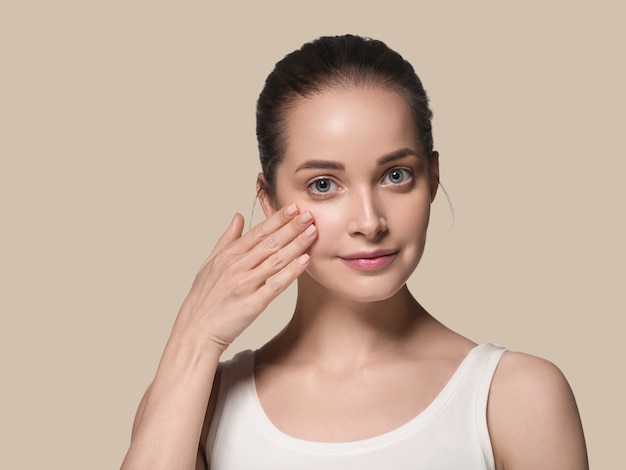
The aesthetic problem of under-eye darkness can affect anyone at any time and on any skin type. While they are usually harmless, dark circles can make you appear tired, aged, or even unhealthy. However, with advancements in skincare and cosmetic treatments, there are now various transformative options available to help combat dark circles and restore a refreshed and youthful appearance.
Understanding Dark Circles:
Before delving into treatments, it’s essential to understand what causes dark circles under the eyes. While lack of sleep is often associated with dark circles, there are several other factors at play. Some of these factors include heredity, skin thinning, allergies, lack of water, sun exposure, and unhealthy habits like smoking and drinking too much.
Transformative Treatments:
Thankfully, the under-eye area can be revitalized and dark circles can be significantly diminished with a variety of revolutionary treatments. Depending on personal choice and the extent of dark circles, individuals can select from a variety of solutions, including topical treatments and minimally invasive procedures.
1. Topical Treatments:
A. Vitamin C Serums:
Vitamin C’s antioxidant capabilities make it a popular choice for skin lightening and pigmentation reduction. Applying a vitamin C serum daily can gradually lighten dark circles under eyes over time.
B. Retinol Creams:
Because of its capacity to enhance skin texture and stimulate collagen formation, retinol—a derivative of vitamin A—finds extensive application in skincare products. Applying a retinol treatment around the eyes helps make the skin there thicker, which in turn makes fine wrinkles and dark circles less noticeable.
C. Hyaluronic Acid Eye Creams:
A moisturizing component, hyaluronic acid aids in skin plumping and moisture retention. Eye creams containing hyaluronic acid can improve the appearance of dark circles by hydrating the under-eye area and minimizing the hollows that contribute to shadows.
2. Laser Therapy:
One non-invasive approach for treating dark circles is laser therapy, which reduces pigmentation and stimulates collagen synthesis. A more radiant and even complexion can be achieved with fractional laser treatments and intense pulsed light (IPL) procedures, which enhance skin texture and tone.
3. Chemical Peels:
In a chemical peel, a solution is applied to the skin in order to stimulate cell turnover and exfoliation. Light chemical peels containing ingredients such as glycolic acid or lactic acid can help lighten dark circles and improve skin radiance.
4. Dermal Fillers:
For individuals with hollow under-eye areas contributing to dark circles, dermal fillers can provide a transformative solution. Fillers made of hyaluronic acid, like Restylane or Juvederm, can be injected into the tear troughs to make them look fuller, smoother, and less like under-eye bags and shadows.
5. Platelet-Rich Plasma (Prp) Therapy:
The vampire facial, or platelet-rich plasma (PRP) therapy, is a method of enhancing collagen formation and wound healing by injecting the patient’s blood platelets back into the skin. Reduced under-eye puffiness and an overall younger look are possible outcomes of platelet-rich plasma (PRP) injections, which also improve skin tone and texture.
Conclusion:
Dark circles under the eyes can be a source of frustration for many individuals, but they don’t have to be permanent. Many new, life-changing choices for rejuvenating the under-eye area and eliminating dark circles have emerged thanks to developments in skincare and cosmetic procedures. Whether it’s through topical creams, laser therapy, chemical peels, dermal fillers, or PRP therapy, empowering your gaze and achieving a refreshed and youthful look is within reach. A dermatologist or skincare professional can assess a patient’s unique condition and goals to establish the best course of treatment.


